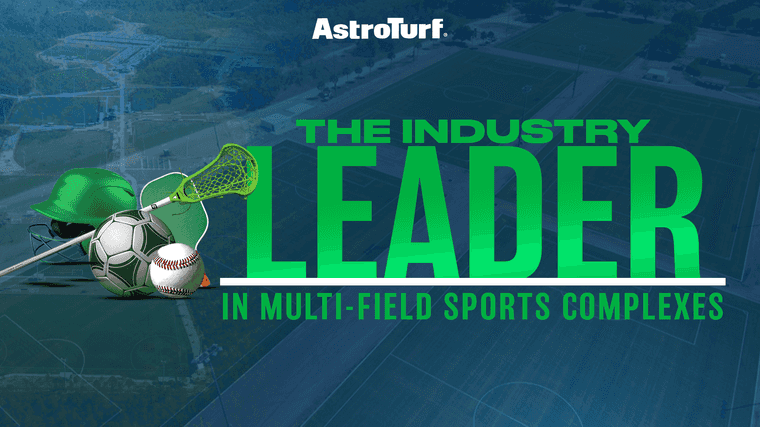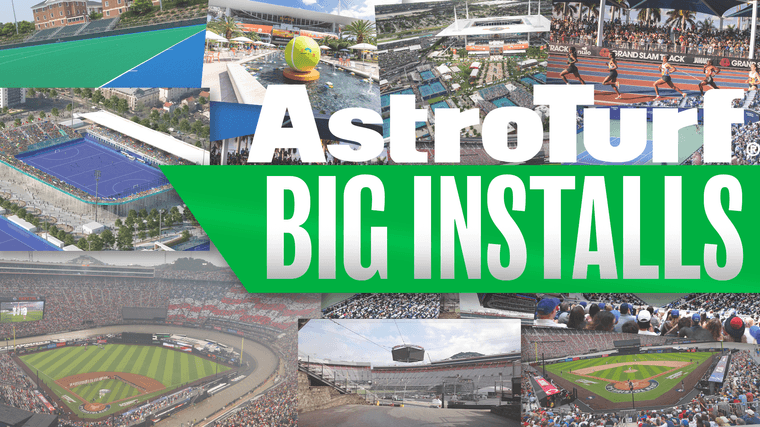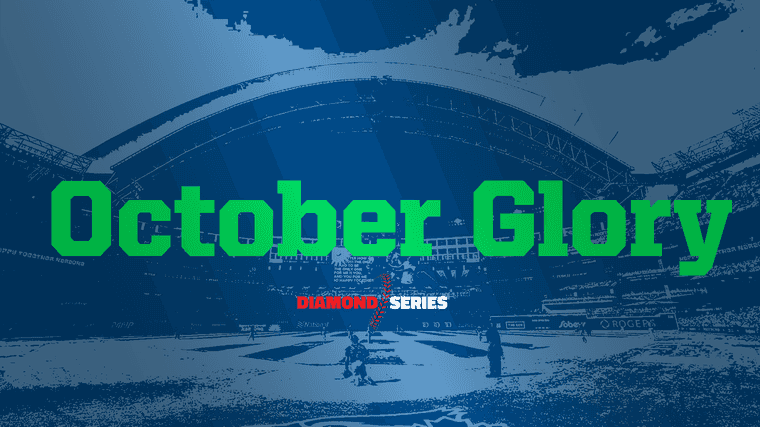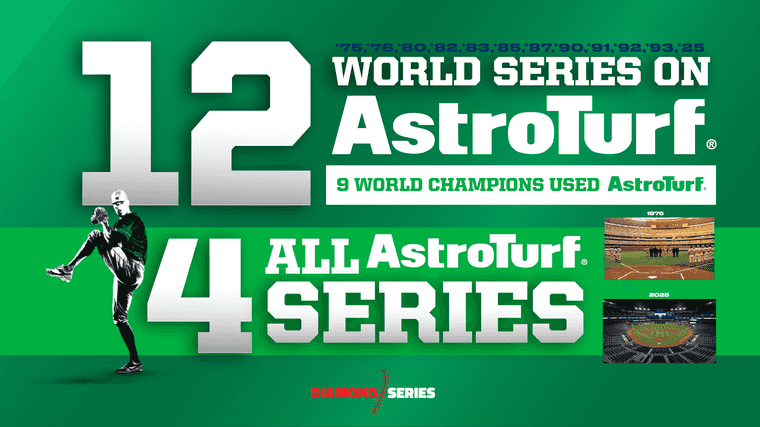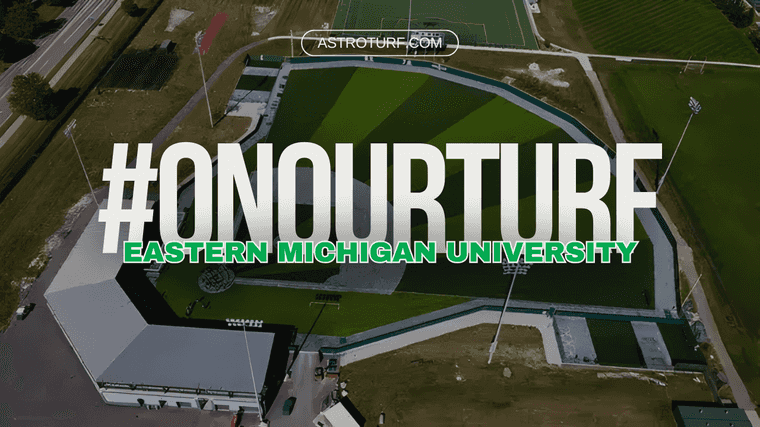ADVANCED ARTIFICIAL ASSESSMENT: How can you ensure a quality surface as an owner?
Choosing a quality turf system is the most important part of any facility. There are some basic tests to help ensure the system will perform to the athletes expectations and will last to the owners expectations.
Below you’ll find in-depth information about tests being used by leading national and international sports governing bodies. We’ve partnered with major institutions of higher education and third-party testing services to bring you the latest and most advanced research, testing, and development.
These requirements need to be met in the laboratory pre and post Lisport XL wearing (FIFA Test Method 15).
Shock absorption is a critical factor in determining the safety and comfort of sports surfaces, especially in areas such as playing fields and athletic tracks. It measures the surface’s ability to absorb the impact force generated by athletes’ movements, thereby reducing the risk of injury and enhancing performance. A lower shock absorption percentage indicates a firmer surface, which might be preferred for certain sports that require a more solid footing. However, it’s crucial to find a balance between shock absorption and surface firmness to ensure athletes have the necessary support without sacrificing safety.
AstroTurf’s approach to shock absorption focuses on providing surfaces that are both supportive and protective. By utilizing advanced materials and innovative design techniques, AstroTurf aims to create playing fields that help in preventing injuries related to impact and overuse. This attention to detail ensures that athletes can perform at their best, knowing the ground beneath them offers the optimal mix of firmness and shock absorption. As research and technology evolve, so too does the ability to tailor these surfaces to meet the specific needs of various sports, ultimately contributing to the well-being and performance of athletes around the world.
GMAX testing is an essential aspect of assessing the safety and performance characteristics of sports surfaces. It measures the shock attenuation performance of turf, providing critical data on how well the surface can absorb and dissipate energy upon impact. This is particularly important for reducing the risk of concussions and other impact-related injuries. A lower GMAX value signifies better shock attenuation, indicating a surface that is safer for athletes during play.
At AstroTurf, the focus is not just on meeting industry standards but exceeding them, ensuring that athletes have access to the safest possible playing surfaces. Through rigorous testing and continuous innovation, AstroTurf strives to develop products that offer superior GMAX performance. This commitment to safety, coupled with the company’s dedication to quality and performance, makes AstroTurf a leader in the creation of sports surfaces designed to protect and enhance athlete performance across a wide range of sports and activities.
Lisport XL Testing is a comprehensive evaluation process designed to measure the performance and safety features of artificial turf systems. This testing protocol goes beyond basic measures, assessing how well the surface replicates the natural playing conditions of grass fields. Factors such as shock absorption, vertical deformation, and rotational resistance are meticulously analyzed to ensure the surface not only protects athletes from injuries but also enhances their performance by providing a consistent, reliable playing field.
AstroTurf’s commitment to Lisport XL Testing reflects the company’s broader dedication to innovation and excellence in the field of artificial sports surfaces. By adhering to these rigorous testing standards, AstroTurf ensures its products offer the highest level of safety and performance. Athletes can trust that they are competing on surfaces that have been engineered to meet the demanding needs of their sports, supporting peak performance while prioritizing their health and safety.
Vertical deformation is a key indicator of the quality and performance of a sports surface. It measures the degree to which a surface compresses under load, impacting the stability and responsiveness of the playing field. Optimal vertical deformation ensures that the surface provides enough give to absorb impacts efficiently, reducing the risk of injury, while also returning enough energy to the athlete for high-performance play.
AstroTurf’s engineering and design philosophies are rooted in the balance of safety and performance, with vertical deformation being a critical factor in this equation. By carefully controlling the vertical deformation of their surfaces, AstroTurf ensures that athletes enjoy both protection and the ability to perform at their best. This delicate balance is achieved through the use of high-quality materials and cutting-edge technology, reinforcing AstroTurf’s position as a leader in the industry.
Rotational resistance measures the ability of a sports surface to prevent athlete’s feet from rotating too easily, which can lead to injuries such as sprains and strains. This property is crucial for sports that involve rapid direction changes, ensuring that the surface provides sufficient grip while allowing for natural movement. Achieving the right level of rotational resistance is key to enhancing performance and reducing the risk of lower limb injuries.
AstroTurf recognizes the importance of rotational resistance in the design of its turf systems. By meticulously testing and refining the surface characteristics, AstroTurf ensures that its products provide the ideal balance of grip and flexibility. This not only aids in injury prevention but also contributes to an athlete’s confidence and ability to perform intricate maneuvers during play. AstroTurf’s commitment to research and development in this area demonstrates its dedication to providing surfaces that meet the highest standards of safety and performance.
Infill plays a pivotal role in the functionality and performance of artificial turf systems. It contributes to the turf’s shock absorption, stability, and overall feel underfoot. The choice of infill material can significantly affect the surface’s characteristics, including its temperature, resilience, and how it mimics the behavior of natural grass. Therefore, selecting the appropriate infill is crucial for optimizing the safety and performance of the turf.
AstroTurf is at the forefront of researching and utilizing innovative infill options that enhance the safety and performance of its turf systems. By exploring a variety of materials and compositions, AstroTurf is able to tailor its products to meet specific athletic requirements and environmental conditions. This dedication to innovation ensures that AstroTurf surfaces provide a superior playing experience, with the right balance of firmness, resilience, and natural feel, thereby supporting the health and performance of athletes across a range of sports.
Energy restitution is a measure of how much energy is returned to the athlete from the sports surface during play. High energy restitution can enhance performance by providing additional lift and propulsion during running and jumping activities. However, it’s essential to balance energy restitution with safety considerations to prevent injuries from excessive force return. An ideal sports surface provides enough energy return to support dynamic movements while ensuring athletes’ safety and comfort.
AstroTurf’s advanced turf systems are engineered with a keen focus on energy restitution, aiming to optimize athlete performance without compromising safety. Through meticulous research and design, AstroTurf develops surfaces that offer the perfect blend of energy return and shock absorption. This approach enhances athlete performance by facilitating efficient movement and reducing fatigue, making AstroTurf a preferred choice for sports facilities that prioritize athlete welfare and performance excellence.
Head injury prevention is a paramount concern in the design and implementation of sports surfaces. The risk of concussions and other traumatic brain injuries can be mitigated by utilizing surfaces that absorb impacts effectively. Critical to this effort is the selection and engineering of turf systems that lower the GMAX and HIC (Head Injury Criterion) values, indicating softer surfaces that are less likely to cause severe injuries during impacts.
AstroTurf is deeply committed to reducing the risk of head injuries through the design of its turf systems. By incorporating the latest materials science and engineering insights, AstroTurf’s products aim to set industry-leading standards for safety. The company’s dedication to ongoing testing and improvement ensures that athletes can rely on AstroTurf surfaces to offer a safer playing environment, reflecting AstroTurf’s overarching commitment to athlete health and safety above all.
Free pile height refers to the length of the fibers in an artificial turf system that are not bound by infill. This characteristic is crucial for determining the turf’s texture, appearance, and its simulation of natural grass. A higher free pile height can offer a softer feel and more natural look, but it must be carefully balanced with the need for durability and performance. The choice of pile height affects not just the aesthetic appeal of the field but also its functionality and the safety of the athletes using it.
AstroTurf leverages its extensive experience in turf technology to optimize free pile height across its product range, ensuring each turf system provides the ideal combination of softness, aesthetic appeal, and performance. By carefully selecting materials and engineering turf systems to meet rigorous standards, AstroTurf delivers surfaces that not only look and feel natural but also support the highest levels of athletic performance and safety. This attention to detail is a hallmark of AstroTurf’s approach, underscoring its commitment to excellence in the artificial turf industry.


Watch and Learn
An Inside Look with AstroTurf TV
Technology, quality, innovation, and legendary customer service— that’s what customers have come to expect from AstroTurf. Learn more about our commitment to bettering sports surfaces and the games we love worldwide.


| Test | Test Number | Ideal Range | Laboratory Initial Testing | Laboratory Post Lisport XL Testing* | Onsite Testing Required |
|---|---|---|---|---|---|
| Shock Absorption | ASTM 3189-20 | 55% – 70% | Yes | Yes | Yes |
| Vertical Deformation | ASTM 3189-20 | 4.0mm – 11.0mm | Yes | Yes | Yes |
| Energy Restitution | ASTM 3189-20 | 25% – 50% | Yes | Yes | Yes |
| Gmax | ASTM 1936 | <200 | Yes | Yes | Yes |
| Head Injury Criterion (HIC) | ASTM 3146 | >1.0m with no pad >1.3m with a pad |
Yes | Yes | Yes |
| Rotational Resistance | EN 15301 | 25Nm – 50Nm | Yes | Yes | Yes |
| Infill Depth” | EN 1969 | Information only | Yes | Yes | Yes |
| Free Pile Height” | FIFA TM 18 | Information only | Yes | Yes | Yes |
*Lisport XL testing should be carried out in accordance with FIFA TM 15 to 6015 cycles “The tolerance/level needs to be set by the manufacturer
Testing should be carried out by a Third Party Approved Testing laboratory with ISO 17025, FIFA (Field and Laboratory, World Rugby (Field and Laboratory), FIH (Field and Laboratory) and World Athletics accreditation.

